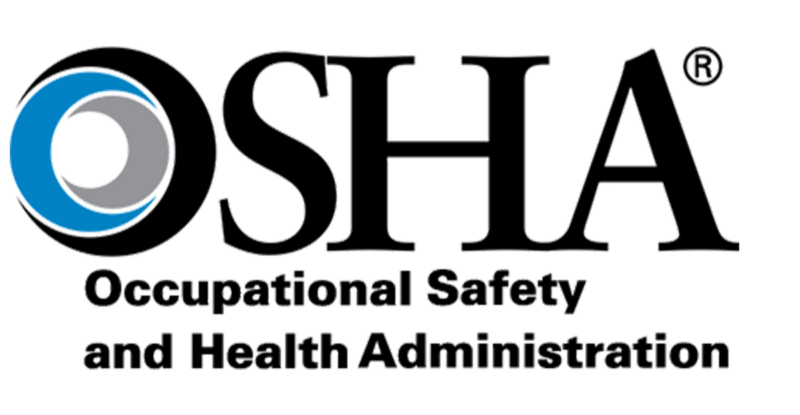Yes, an N95 respirator is effective in protecting workers from the virus that causes COVID-19. “N95” refers to a class of respirator filter that removes at least 95% of very small (0.3 micron) particles from the air. Some people have mistakenly claimed that since the virus that causes COVID-19 is approximately 0.1 microns in size, wearing an N95 respirator will not protect against such a small virus. That mistaken claim appears to result from a misunderstanding of how respirators work.
When an infected person expels the virus into the air by activities like talking, coughing, or sneezing, the airborne particles are composed of more than just the virus. The virus is part of larger particles that are made up of water and other materials such as mucus. These larger particles are easily trapped and filtered out by N95 respirators because they are too big to pass through the filter. This is called mechanical filtration. But mechanical filtration is just one of the ways that respirator filters keep particles from passing through the filter. An electrostatic charge also attracts particles to fibers in the filter, where the particles become stuck. In addition, the smallest particles constantly move around (called “Brownian motion”), and are very likely to hit a filter fiber and stick to it.
The National Institute for Occupational Safety and Health (NIOSH) tests respirators using particles that simulate a 0.3 micron diameter because this size particle is most likely to pass through the filter. If worn correctly, the N95 respirator will filter out at least 95% of particles this size. An N95 respirator is more effective at filtering particles that are smaller or larger than 0.3 microns in size.
The N95 respirator filter, as is true for other NIOSH-approved respirators, is very effective at protecting people from the virus causing COVID-19. However, it is important for employers and workers to remember that the respirator only provides the expected protection when used correctly. Respirators, when required, must be used as part of a comprehensive, written respiratory protection program that meets the requirements of OSHA’s Respiratory Protection standard. The program should include medical evaluations, training, and fit testing.


